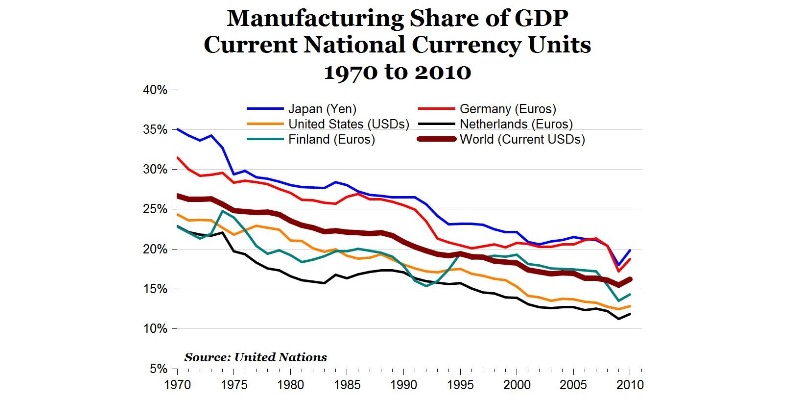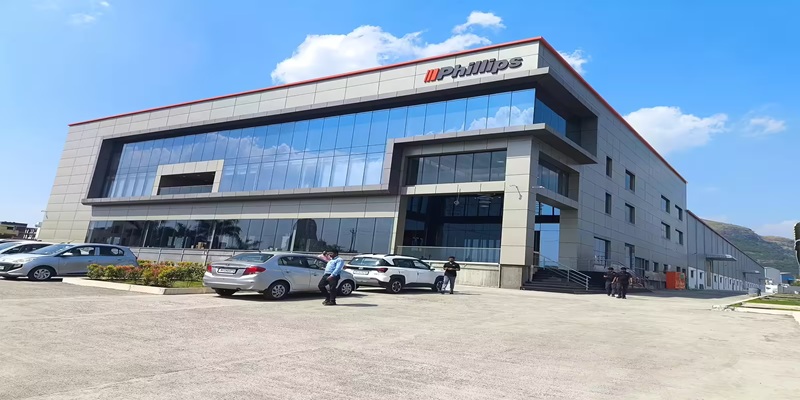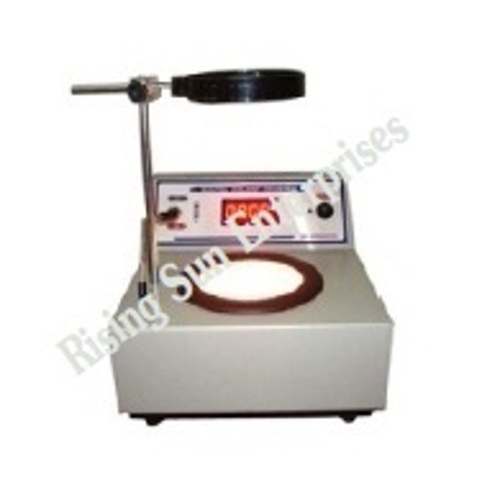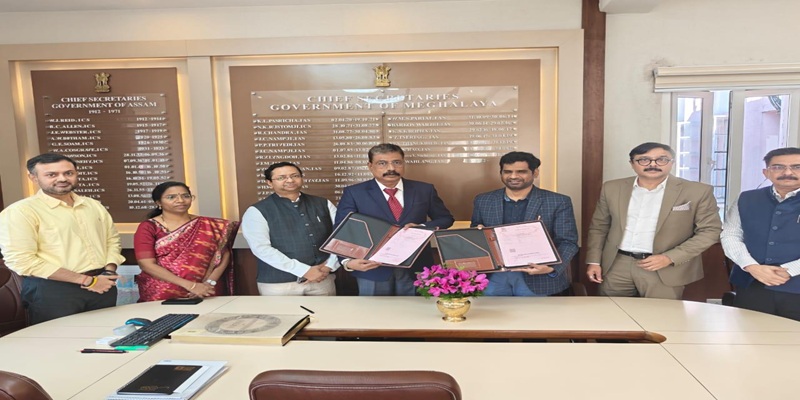Schedule a Call Back
The changing world of manufacturing
 Articles
Articles- Dec 10,21

Related Stories

Honeywell, TotalEnergies Advance Industrial Autonomy with AI Control Pilot
By combining operational analytics with real-time predictive insights, the solution supports a more efficient workflow within critical refinery operations.
Read more
Phillips Opens Expertise Centre in Pune to Boost Manufacturing Innovation
New Chakan facility to promote advanced, smart and sustainable manufacturing
Read more
Concord Control Systems Reports 64% YoY Growth in Revenue for H1 FY26
Concord announces strong performance for H1 FY26, with a 64 per cent YoY growth in revenue, driven by increased demand for advanced railway automation solutions.
Read moreRelated Products

Digital Colony Counter
Rising Sun Enterprises supplies digital colony counter.
Robotic Welding SPM
Primo Automation Systems Pvt. Ltd. manufactures, supplies and exports robotic welding SPM.

Heat Exchanger Scale Removal Compound -hesr-300
Hi There!
Now get regular updates from IPF Magazine on WhatsApp!
Click on link below, message us with a simple hi, and SAVE our number
You will have subscribed to our Industrial News on Whatsapp! Enjoy
















